An Example of Utterly Awful Elections Analysis
The NYT and CA41 and yet another example of telling the wrong story.
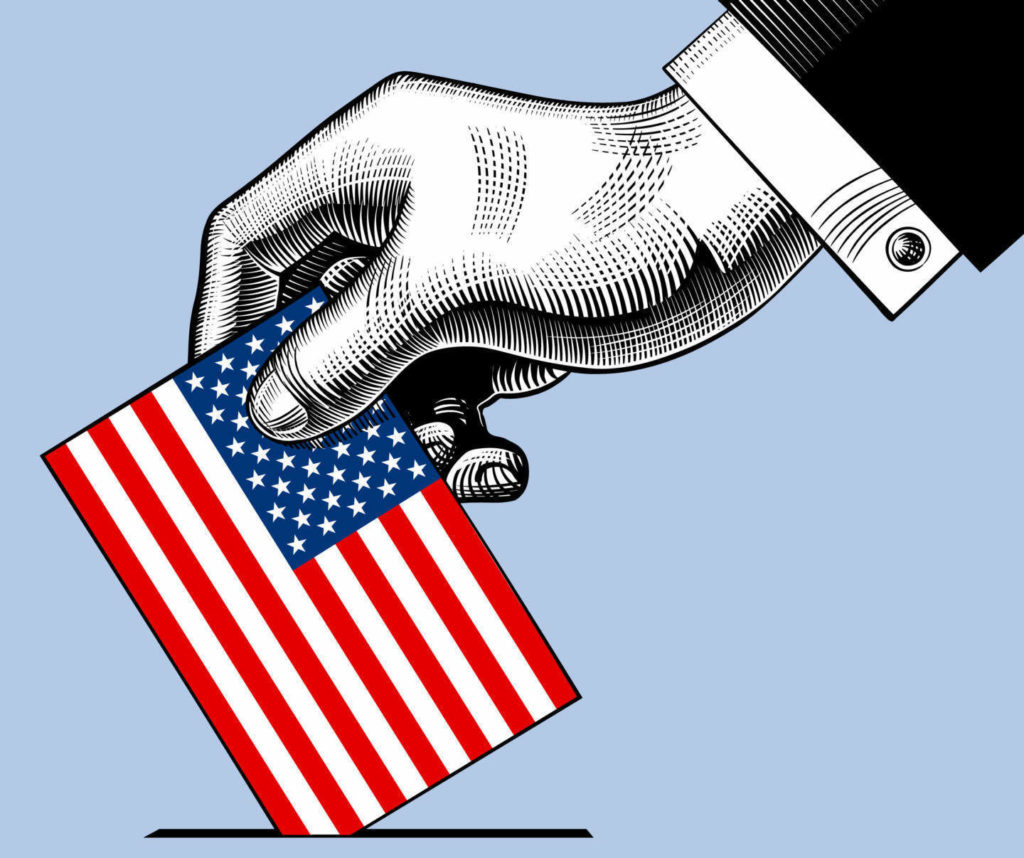
This piece in the NY Times about the first round of California’s Top Two process is a maddeningly perfect example of major flaws in political coverage in the United States: Is Jan. 6 a Winning Political Issue? We’re About to Find Out. I mean sure, the headline sounds intriguing, but even before I knew what the story was about, I knew quite clearly that, no, we aren’t going to find out if one specific issue is a winning or a losing one. It rarely, if ever, works that way.
Clicking through we find that the piece is about an election for a House seat:
On Tuesday, we’ll get an unusually clear test of the political power of Jan. 6 at the ballot box.
In California’s newly drawn 41st Congressional District, a pro-business Republican who voted to overturn the 2020 presidential election faces a primary for a House seat against a Democratic former federal prosecutor who worked cases against several alleged Capitol rioters.
No race provides a starker contrast between voters’ usual kitchen-table concerns and what the leading challenger cast in an interview as a battle for “the future of democracy.”
Without knowing anything else about the race, I know that almost every conclusion drawn above is wrong. Just because one can find a clear area of stark difference between two candidates does not mean that that is what the election is going to be about! This is especially true if one is drawing some monocausal conclusion. I know that the writers of the piece want a hook and readers of the NYT sure would like to see 1/6 matter in an election, but it is rare that a given voter is motivated solely and completely by a single issue, let alone can one say that an entire district is behaving is such a fashion.
Also: we have a long-term incumbent versus a newcomer (advantage incumbent, regardless of any other information) in an environment that is decidedly pro-party-out-of-power (so, more advantage to the incumbent, since his party is the one out of power).
The candidates under discussion are the following (actually, the main two in the contest–there are five total in the mix):
The Republican incumbent, Representative Ken Calvert, embodies a changing G.O.P.
He has represented the area for three decades, though the district’s boundaries, which now stretch from suburban areas east of Los Angeles to Palm Springs, have changed over the years. He was first elected to the House in 1992 as a traditional, Chamber of Commerce-style conservative, but has moved rightward along with his party.
He voted on Jan. 6, 2021, against certifying President Biden’s victory, but later published an op-ed article denouncing the mob at the Capitol. Donald Trump has endorsed him, though Calvert’s website makes no mention of that fact. He prefers to talk about the price of gas in a state where the average gallon now costs $6.25.
[…]
The leading Democratic challenger is Will Rollins, a 37-year-old former assistant U.S. attorney in California who has made Jan. 6 the central theme of his campaign. In his ads, such as this introductory video, he talks about the danger to democracy posed by domestic extremism and misinformation — ideas most other candidates in his party rarely emphasize.
(Side-note: as much as I hate for it to be true, gas prices are going to resonate more than threats to democracy, especially in car-centric Southern California).
There is also the fact that the opening paragraphs tell us nothing about the most important variable in the race: the partisan make-up of the single-seat district being contested.
I will get back to calling these things “primaries” in a minute–but also note, we won’t know the certain winner until November, so, no, Tuesday won’t necessarily answer the headline’s question in any event (especially since turn-out, another ignored variable in the piece, will be different in June and November, and could matter in a close contest).
All of this is a problem because it all creates a false understanding of how our elections work and what they produce. The intro paragraphs quoted above make it sound, as do most electoral “analyses” in the US, as if elections are contests over specific issues in conditions of perfect competitiveness wherein what wins the day is which side is more persuasive.
Were that it so!
Representative democracy is supposed to work along those lines (although making it work perfectly is certainly a challenge). If we had a system of proportional representation, the outcome would be more easily cleaved based on issues and real voter preferences, but single-seat contests favor pre-campaign, indeed pre-candidate selection, voter distributions in terms of partisan preference. The issues, therefore, are by no means the main variable in understanding an election, let alone one issue.
So, American elections are predicated far more on the partisan make-up of the district than they are about the issues. Further, national political mood (so to speak) dictates a lot of behavior in an era of nationalized parties and significant amounts of polarization.
The piece spends a good bit of time on biography and detailing candidate positions, all of which tries to suggest that the incumbent’s checkered past (which hasn’t mattered for decades) and the positions of the challenger are the keys to understanding the situation when we finally get to the core of the matter:
Although national Republicans say they aren’t worried about Calvert, the new 41st District has become more Democratic. It now includes Palm Springs, a left-leaning city that Rollins has made his base. And for the first time, it contains more registered Democrats than Republicans. The area voted for Trump by just one percentage point in 2020.
(Note: not sure if “the area that voted for Trump by just one percentage point” maps to the new 41st district, or what–this entire issue is vaguely handled in the piece).
As such the headline of the piece shouldn’t have been “Is Jan. 6 a Winning Political Issue? We’re About to Find Out” it should have been “Is Redrawing a District to Change its Partisan Content a Winning Formular Against a Long-Term Incumbent? We’re About to Find Out.” Or, “Does Redistricting Create an Opening for Challenger Against Multi-Decade Incumbent? We’re About to Find Out.”
Indeed, the piece elides the fact that Calvert represented the 42nd District previously, and that redistricting has shifted him into the 41st. (Probably because it is too complicated and, after all, it is more interesting to cast this as a contest over 1/6).
Here are the maps (via Ballotpedia). Note that Calvert represented the pre-redistricting CA42 and is now running to represent the post-redistricting CA41).
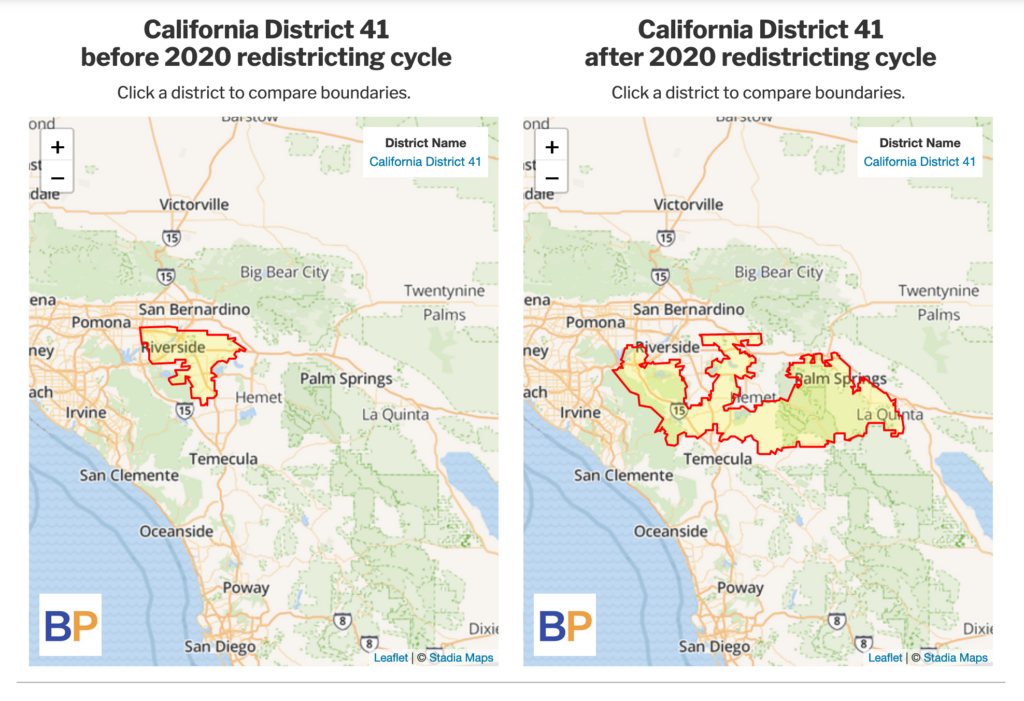
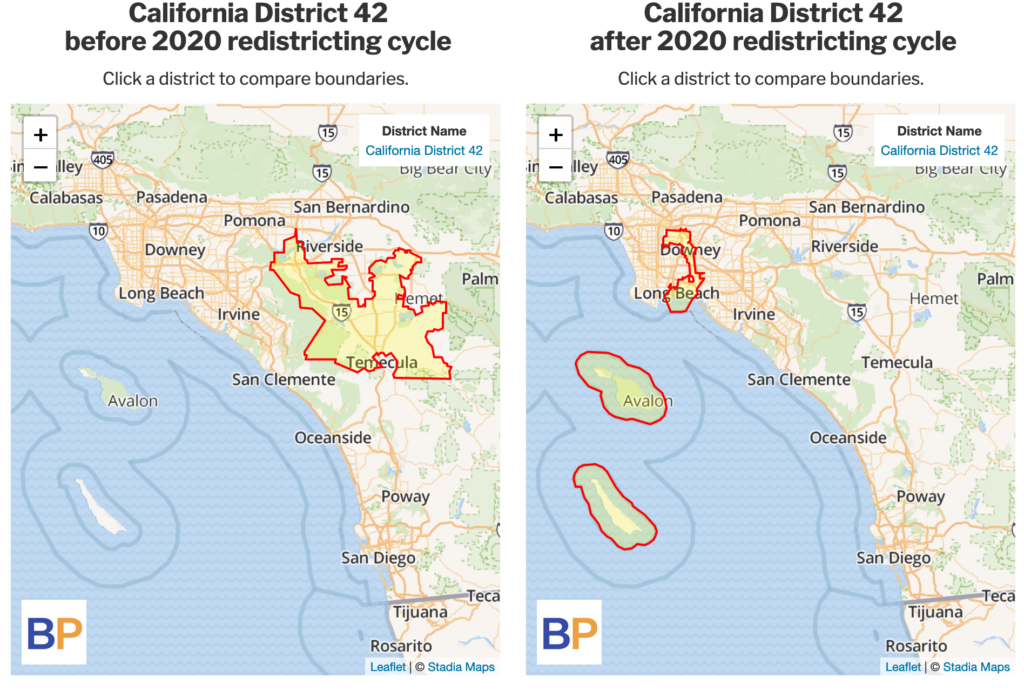
Ballotpedia summarizes various electoral analyses about the current 41st as follows:
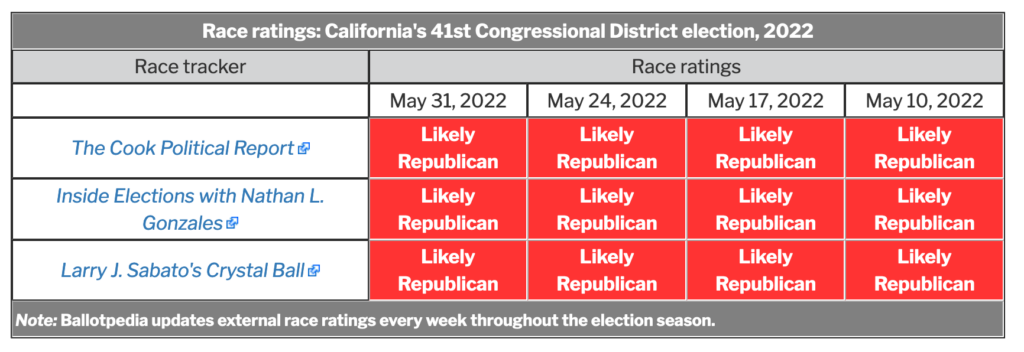
So, it kind of looks like it’s Calvert’s seat to lose.
Here’s the bottom line: the press, broadly defined, continues to do the public a disservice by ignoring, or flat not understanding, that our elections are not as much about the issues being contested in a fair competition as is made out to be the case. They also do a grave disservice by trying to turn specific elections into some kind of national referendum. All of this creates false understandings of why we get what we get. And if the public doesn’t understand why we get the results we get, they will often turn their frustration in the wrong direction.
Also, according to Ballotpedia, Calvert has more money than does Rollins, which also redounds to his benefit.
Deep in the write-up, the authors note:
Privately, many Democratic campaign strategists are skeptical that voters will reward their party for focusing on the Capitol siege.
They describe it as a “base issue,” or rank the topic somewhere below higher priorities for voters, such as inflation or abortion rights. What preoccupies the Beltway, they say, doesn’t always resonate out in the districts where congressional majorities are won and lost.
This still makes the whole thing sound like it is being contested solely on issues, and so the goal is to figure out which issues matter the most. And yes, while issues matter, the prevailing structural conditions of the district need to be front-and-center of any attempt to truly understand outcomes. The unwillingness and/or inability of the press to deal with that fact simply feeds a false narrative about our politics.
The piece concludes with some weak tea:
Rollins doesn’t necessarily have the primary sewn up. Shrina Kurani, a charismatic engineer who is running as a problem-solver who can address California’s never-ending water crises, has her share of admirers among Democrats.
But if Rollins performs well on Tuesday and starts to gain momentum, expect to hear more about Jan. 6.
That, there, is some hard-hitting analysis!
A concluding note on California’s “primaries.”
In California’s unusual primary system, voters in the district will decide which two candidates advance to the general election, regardless of party.
I know it is called a primary, but it isn’t one. Period. Top Two is simply a modified form of two-round voting wherein the two top in the first round always advance to the second round regardless of the margins. So if the top vote-getter wins 80% and the second place finished gets 10%, the top face-off no matter what. It isn’t a primary because the actual definition of a primary is a nominating election used by parties. In Top Two the top two finishers can be, and often are, in the same party. There is no contest to determine who controls the party label, which is the purpose of a primary. Top two is simply a two-round process wherein it is impossible to win in the first round, regardless of vote-totals or margins of victory.





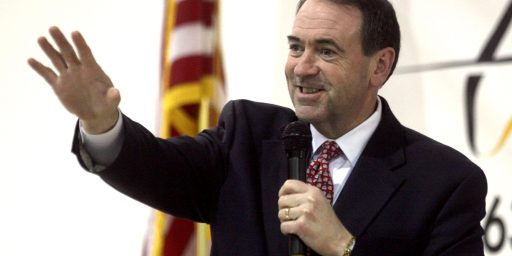
From the NYT article:
Yes, this isn’t really a test, especially so as Top Two will only determine the general election opponents, and true, the conclusions the media will draw about the outcomes for both the June and November elections will be wrong, but at least someone is fronting the idea that the future of democracy is at stake in 2022 and the press is covering that position as legitimate.
I’m going to count that as a small win. (Is my desperation showing?)
The first mistake here is taking anything the NYTimes says about California seriously. The Times’ editorial policy remains that California is one of those quaint western states, and anything written about them has to be forced through an East Coast viewpoint, as there is no pertinent local viewpoint.
Some years back, with great fanfare, the Times announced they were opening a California bureau and you could sign up for the daily newsletter. I did, thinking that perhaps the Times had noticed that California’s population was at least comparable to that of the BosWash corridor. The content produced by the California “bureau” is, after all this time, still just a set of daily links. Half of them point back to any mainstream Times’ article that has the word “California” in it somewhere. The other half are links to stories in California newspapers. The California links often come with a warning, “Paywalled, may not be accessible.”
Given the way the summer and fall look to be shaping up, here’s the winning message for the Dem: “If elected to Congress, I will work my ass off to deal with the problems of fire, water, and mismanagement of the federal public lands. My opponent’s party is opposed to doing anything sane about any of those.” My prediction is that the California mail ballots will be going out after the voters have been breathing smoke for about five months, and the feds will be preparing to announce the next level of emergency for the Colorado River lower basin.
@Scott F.: Don’t get me wrong–I am definitely glad he is talking about it.
@Michael Cain: If that was the problem, I would feel a lot better about it.
Maybe it’s just me, but the article seems to be using “charismatic” as a synonym for “physically attractive.”